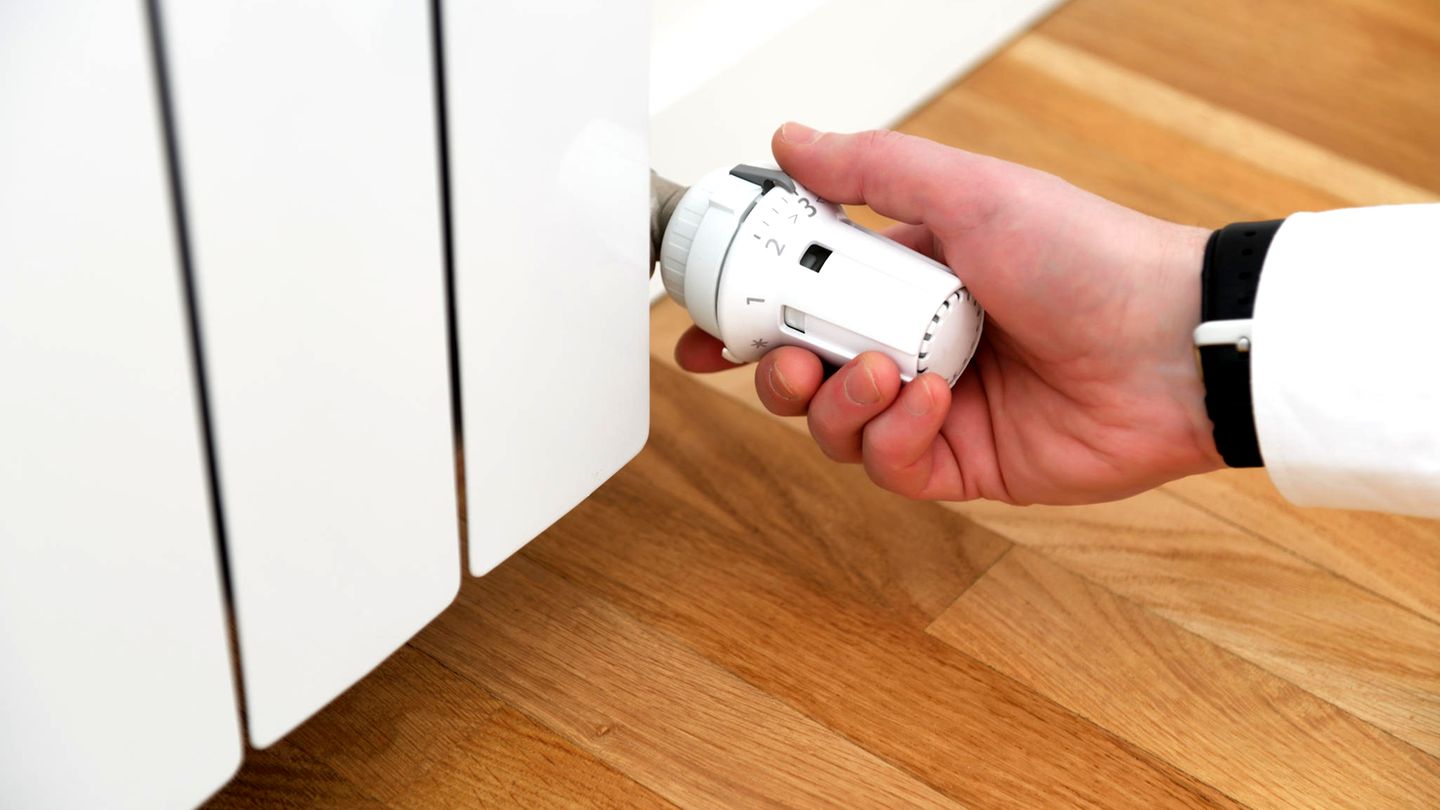So far, rents in Germany have mostly risen moderately. But the ancillary costs, above all the heating costs, drive up the total living expenses. It is clear that tenants will pay significantly more.
If you ask the tenants’ association how high the ancillary costs are in Germany, the answer is: 2.17 euros per square meter per month. If you live in a 100-square-meter apartment, you pay 217 euros in ancillary costs for the cold rent. This average is quickly skipped, especially in metropolitan areas: in Hamburg tenants pay 3.18 euros per square meter per month in operating costs, in North Rhine-Westphalia the amount was around 2.29 euros. In Darmstadt, 2.43 euros are due. The data is based on the accounts for 2018.
But the asking rents show that a lot has happened since the last survey and the current situation. To be precise: it has become significantly more expensive. If the share of operating costs was 20 to 25 percent, tenants often already pay 30 percent on top of the basic rent. Studies by the IW Cologne confirm that this is not uncommon. In the current ancillary housing costs report on behalf of “dii Deutsche Invest Immobilien”, the economic experts found out how much tenants are burdened by operating or ancillary costs. The bad news for economists: The additional costs will continue to rise, a trend reversal is not to be expected, reports the “”.
Heating costs are increasing in Germany
In the ten years between 2010 and 2020, operating costs have risen by almost 12 percent and are therefore less pronounced than rents at 14.3 percent or consumer prices, which have risen by around 13.5 percent in the period. However: All sorts of ancillary costs are combined in these costs. The pavement and stairwell cleaning, the maintenance of the garden, the caretaker, the cable TV or the property tax. If you just look at the expenses for heating, it quickly becomes apparent: This cost item rose faster than the net rent without heating and thus makes living more expensive particularly quickly.
However, the cost of heating fluctuates greatly, which has to do with the temperatures in winter. In mild winters, tenants pay significantly less than in severe, frosty winters. And the tenant can also influence the expenses through his heating and ventilation behavior. Anyone who permanently tilts the window in the winter months instead of using regular push ventilation must expect significantly higher heating costs. But: The landlord is not uninvolved either. Because if the house is a nightmare in terms of energy, the tenant has little leeway. Poorly insulated windows, ailing insulation or inefficient heating systems put a strain on the tenant’s wallet.
The skyrocketing heating costs this year will fuel the trend towards rising operating costs. Experts expect that heating with gas will become around 13 percent more expensive in 2021, with oil it will even be up to 44 percent more expensive. In addition, the CO2 levy is increasing: for private households, heating with gas is 0.65 cents per kilowatt hour. Even those who heat with oil have to be prepared for higher expenses. Due to the gradual increase in the CO2 tax, an average household will have to pay a total of 1,608 euros for the CO2 tax for oil alone in the years 2021 to 2026, has calculated.
Source From: Stern
Jane Stock is a technology author, who has written for 24 Hours World. She writes about the latest in technology news and trends, and is always on the lookout for new and innovative ways to improve his audience’s experience.




